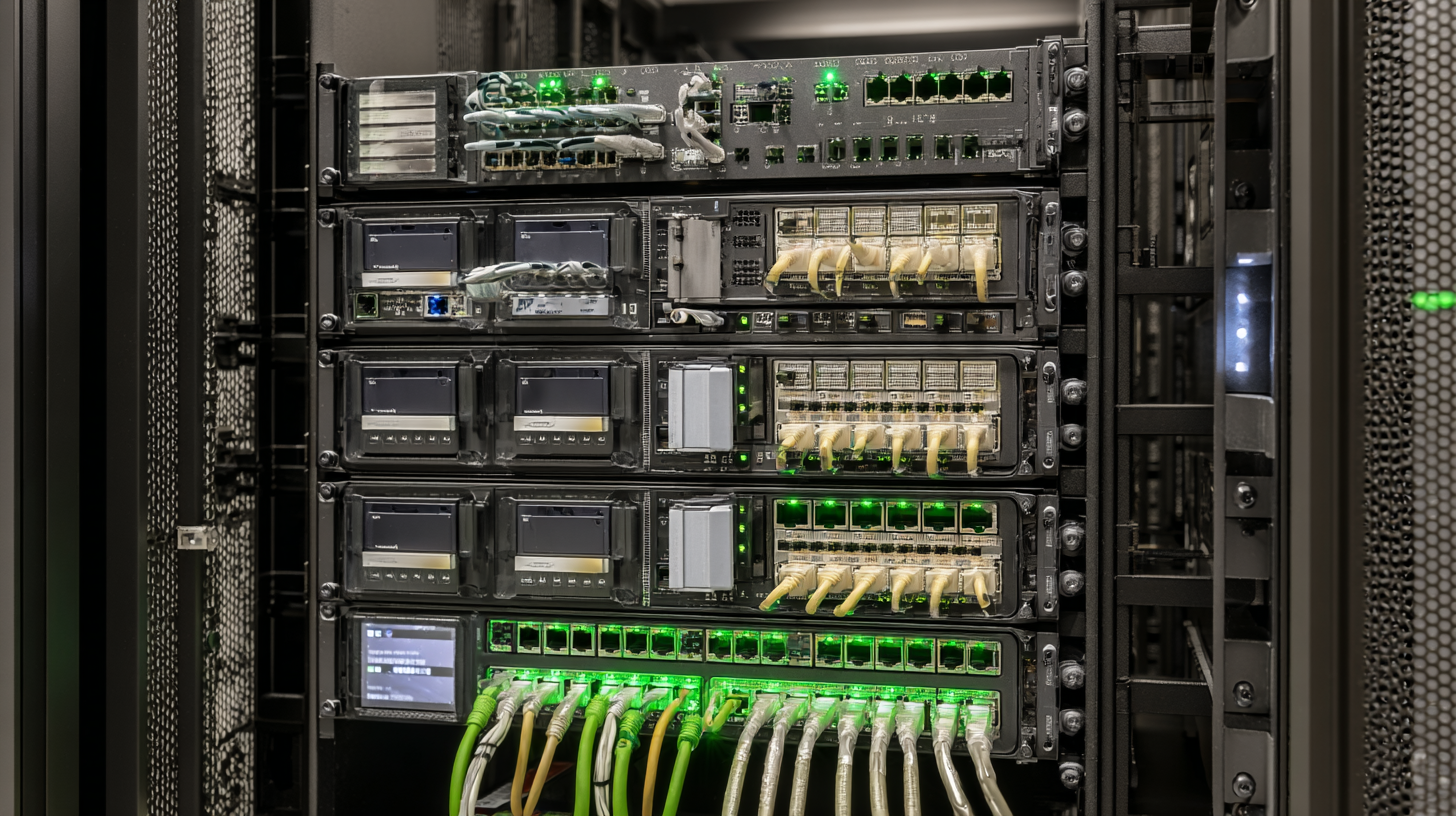In today's rapidly evolving digital landscape, the demand for high-performance networking solutions is at an all-time high. The Juniper Qfx Series Network has emerged as a pivotal player in addressing these requirements, offering superior scalability, flexibility, and reliability essential for modern enterprises. According to a recent report by Gartner, organizations that prioritize agile and efficient network architectures are 35% more likely to achieve their digital transformation goals by 2025. The Qfx Series, with its innovative design and advanced capabilities, supports diverse use cases ranging from data center optimization to enhanced cloud services, enabling businesses to not only keep pace but also thrive in a competitive marketplace. As we delve into the various advantages of the Juniper Qfx Series Network, real-world examples will illustrate how this cutting-edge technology is redefining network infrastructure across diverse industries.

The Juniper QFX Series stands out in the world of networking due to its impressive technical specifications that cater to modern demands. One of its most notable features is the high-performance switching capability provided by the QFX series, which supports low-latency environments necessary for data-intensive applications. The architecture is designed to optimize data flow, ensuring efficient bandwidth utilization. With support for IPv4 and IPv6, the QFX series prepares businesses for the future of networking by offering seamless integration as they transition to more advanced protocols.
Additionally, the flexibility of the Juniper QFX Series is evident in its modularity and scalability. Network administrators can scale their infrastructure easily without needing to overhaul existing setups. This adaptability is crucial for organizations that experience varying workloads or rapid growth, as the QFX series can handle increased traffic and device connections effortlessly. Moreover, advanced features such as Virtual Extensible LAN (VXLAN) facilitate the creation of scalable and agile data center networks, ensuring that businesses can meet their evolving operational needs effectively.

The Juniper QFX series has rapidly emerged as a cornerstone in modern network architecture, particularly in environments demanding high throughput and scalability. As enterprises increasingly adopt cloud-based solutions, a report by IDC highlights that 90% of organizations are transitioning to cloud environments, necessitating robust networking solutions to manage the increased data traffic. The QFX series, known for its flexibility and performance, can handle heavy workloads and facilitate seamless data flow between on-premises and cloud environments, making it an ideal choice for businesses navigating this digital transformation.
Real-world applications of the Juniper QFX demonstrate its effectiveness in large-scale data centers and enterprise networking. According to a report by Gartner, organizations using QFX switches have seen up to a 30% reduction in operational costs due to its advanced automation features and reduced latency in networking operations. For instance, a leading financial institution leveraged the QFX series to streamline its internal and external data communications, resulting in a marked improvement in transaction processing times and customer experience. By utilizing the QFX architecture, businesses can not only enhance their network performance but also achieve greater reliability and security, critical factors in today's data-driven landscape.
When evaluating the data center market, the Juniper QFX Series stands out against its competitors due to its exceptional performance and feature set. Unlike many market alternatives, QFX switches provide unmatched scalability and flexibility, making them an ideal choice for both small and large enterprises. One major advantage is their ability to seamlessly integrate with a variety of network architectures, allowing for efficient data flow and reduced bottlenecks. Additionally, Juniper's advanced software capabilities facilitate real-time analytics and automation, providing administrators with the tools needed for proactive network management.
Tips for selecting the right network solution include assessing the specific needs of your data center. Consider the size of your operations and the expected growth trajectory. Moreover, it's essential to evaluate compatibility with existing infrastructure; QFX's versatility can mitigate potential integration issues. Always review case studies or customer testimonials to understand how deployment might affect your operations. This due diligence ensures that your investment in networking technology will support your goals effectively and sustainably.
| Feature | Juniper QFX Series | Competitor A | Competitor B |
|---|---|---|---|
| Scalability | High | Medium | High |
| Performance | Excellent | Good | Fair |
| Energy Efficiency | Advanced | Standard | Good |
| Management & Monitoring | User-Friendly | Complex | Moderate |
| Deployment Time | Quick | Moderate | Slow |
| Cost | Premium | Affordable | Expensive |
Implementing Juniper QFX solutions can significantly enhance network performance, provided that best practices are followed. One of the most crucial aspects of optimizing network performance is proper planning before deployment. This includes conducting a thorough assessment of current network infrastructure, identifying bottlenecks, and determining specific needs based on user demands and applications. By tailoring the QFX configuration to align with organizational needs, businesses can ensure that they leverage the full range of features offered by Juniper’s switch series.

Another key practice is to establish effective monitoring and maintenance routines following implementation. Utilizing Juniper’s advanced analytics tools helps in real-time performance tracking, enabling IT teams to detect and address any issues proactively. Moreover, regular software updates and configuration reviews are essential to maintain optimal performance levels, ensuring that the network adapts to changing demands. By fostering a culture of continuous improvement and adjustment within the network operations team, organizations can create a resilient infrastructure that meets their evolving needs while capitalizing on the advanced capabilities of the QFX series.
The Juniper QFX Series stands out as a top-tier networking solution, delivering enhanced scalability and reliability crucial for today's evolving data center environments. As we navigate through 2025, there's a growing trend towards innovative cooling solutions, pushing the boundaries of infrastructure capability. The ability to adapt seamlessly to increasing data demands while maintaining thermal efficiency is vital.
Investing in the QFX Series allows businesses to future-proof their networks with high-performance capabilities. Notably, the recent advancements in Ultra Ethernet Transport demonstrate how Juniper is at the forefront of innovation, ensuring that networks can handle higher throughput and lower latencies effectively. This not only supports real-time data processing but also provides a robust foundation for future technologies, ensuring that networks can evolve without requiring complete overhauls.
Tips for Implementation:


